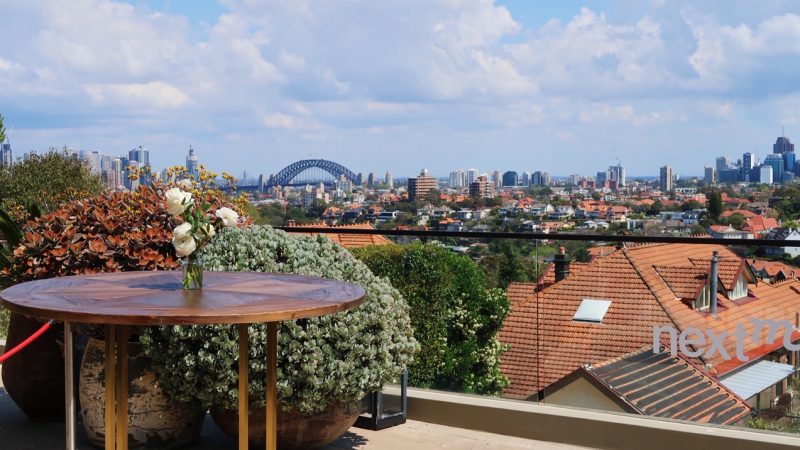The future of branded storytelling, in a $25m Mosman mansion
What is the future of branded storytelling? And how can media agencies facilitate interesting, experimental conversations between publishers and CMOs? These were just some of the questions explored by Group M and its partners – including News Corp, Seven West Media, and LinkedIn – at last week’s Next M experience. Mumbrella’s Brittney Rigby attended, and spoke with some of those presenting partners, to find out what the value of such an industry event is, and why it was held in a mansion on Sydney’s north shore.
I’m standing on a terrace – one of multiple – in a Mosman mansion worth $25m. That’s how much it’s currently on the market for, Group M’s CEO Mark Lollback tells us, but WPP’s media agency arm is renting the sprawling home as the location for Next M, the new iteration of what used to be called mLab.
The inaugural Next M promises to be a window into the “future of branded storytelling”, and if the windows of this house are anything to go by, the view looks pretty good. Glance down and you’ll see the home’s private pool and full-size tennis court. Pan up and the Harbour Bridge, Opera House and Anzac Bridge are in full view.

The view from the main terrace. Below the balcony lies the tennis court and swimming pool
And Next M itself is just as large and impressive in scale as the mansion in which it is set: Two days, cut into four sessions run by four media agencies (Mindshare, Wavemaker, Mediacom, and Essence). Seven partners, presenting the same 20-minute presentation 24 times to small groups of chief marketing officers and media. In pulling key clients out of boardrooms and conference rooms into an elaborate, immersive education on branded content, Next M itself becomes a model for how to tell a commercial story in an interesting setting.

